The Island of Krk: Unmissable Destinations on Croatia's Golden Island
June 23, 2022 - While the Dalmatian islands remain the most popular among tourists, others like the island of Krk deserve your full attention and you don't even know it yet.
Let's try something. Go ahead and think of a Croatian island other than Hvar. Or Brac. Or Korčula. Or Vis. Or Pag. Or Mljet. Or Dugi Otok. Or Lopud. Or Lastovo. Remember, there are more than 1000 islands in Croatia! This is in no way a criticism. These islands are positioned better than any other and for the fairest reasons. The reputation of its beaches, nightlife, traditions, heritage, and more precedes them. The marine traffic in the Dalmatian islands is impressive, and it is understandable. However, some paradises on the northern Adriatic sea have little or nothing to envy the Dalmatian ones.
One of them is the island of Krk, located in the center of the Kvarner Bay and belongs to the Primorje-Gorski Kotar county. Krk has an area of 405.80 km2 and a population of almost 20,000 inhabitants and is the second-largest island in Croatia. Known as the ''Golden Island'', Krk is perhaps the most accessible island in the country. Why? For starters, Krk is connected by a bridge to the mainland, which allows residents and visitors to get around by car and bus very easily. In addition, Rijeka airport is located precisely on the island of Krk, so if you have booked an island accommodation and arrive by international flight, you will not have to worry much about how to get to your destination.
If the island of Krk is your choice as your next travel destination, you will enjoy a place that boasts an enormous history as it is home to the largest heritage of Glagolitic writing in the country, premium wines and olives, one of the most important pilgrimage routes in the world, Camino Krk; as well as being recognized as a health tourism destination, due to its impeccable air.
Although the island of Krk deserves to be recognized as a spectacular whole, in this article we share a little detail about the destinations that you can visit on the island.
Omišalj
Omišalj is a historic town located on the north-western part of the island of Krk and situated at 85 meters above sea level. Omišalj's privileged position seems to have attracted not only modern humans but also prehistoric inhabitants, which explains why Omišalj has existed for more than 10,000 years. Omišalj is one of the oldest towns on the island and today it is an important glagolitic and cultural center. Learn more about Omišalj HERE.
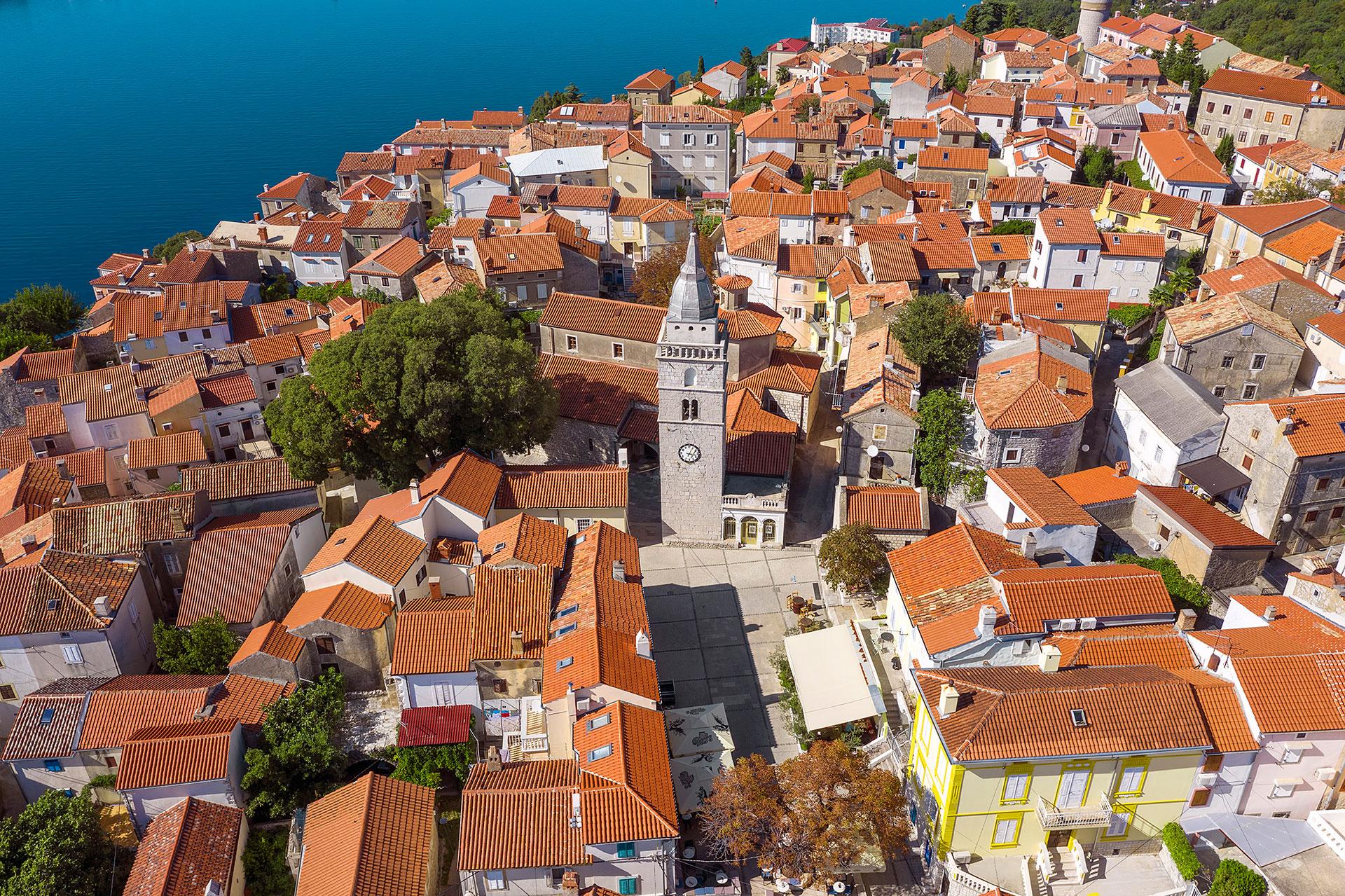
Image: Krk Island Tourist Board
Njivice
Njivice is located very close to Omišalj and belongs to the Municipality of Omišalj. Also with a rich history, Njivice has been inhabited mainly by fishermen, olive groves workers, and cattle-breeders. Njivice has always stood out for its picturesque houses along the shore and the fishermen's boats and nets, creating a typical postcard of the place. Njivice today has modern and high-quality accommodation, including hotels and camping sites. Learn more about Njivice HERE.

Image: Arne Müseler/Wikimedia Commons
Malinska
Malinska is one of the most popular destinations on the island of Krk, and in addition to its excellent beaches and accommodation options, it has an important marine heritage. Malinska, surrounded by forests, was once a timber export port and a favorite destination for the Viennese aristocracy. Due to its position, Malinska was also an anchor point for many ships to protect themselves from strong winds and tides. Today Malinska has a new and modern interpretation center, and the old shipyard is still operating on the same site. Learn more about Malinska HERE.
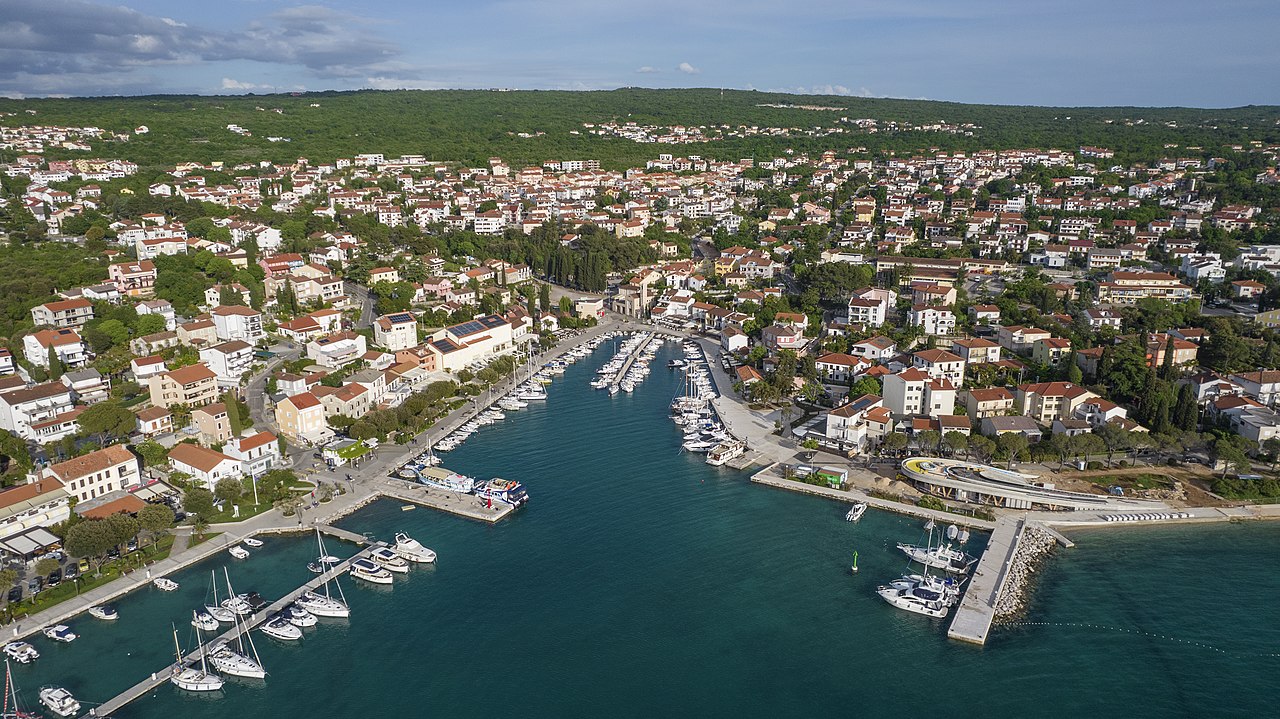
Image: Arne Müseler/Wikimedia Commons
Krk Town
The town of Krk is the administrative, political, economic, and religious center of the island of Krk. It is the town with the most inhabitants on the island, with a population of approximately 7,000 inhabitants. It is worth mentioning that the town of Krk was mentioned by the famous Greek writer Homer in a poem under the name of Koureto. Undoubtedly, the highlight of Krk is its impressive cathedral complex, built in the 5th century. Learn more about the town of Krk HERE.

Photo: Mario Romulić
Punat
Punat is located on the east coast of the island of Krk and is considered one of its most popular destinations. Despite being considered the most recent town on the island, Punat also boasts a lot of history, culture, and heritage. There you will find not only one of the most modern nautical and marina centers in the entire country, but Punat is also the main olive-growing center on the island. When speaking of Punat, it is always necessary to refer to the small island of Košljun, where a Franciscan monastery is located. Learn more about Punat HERE.
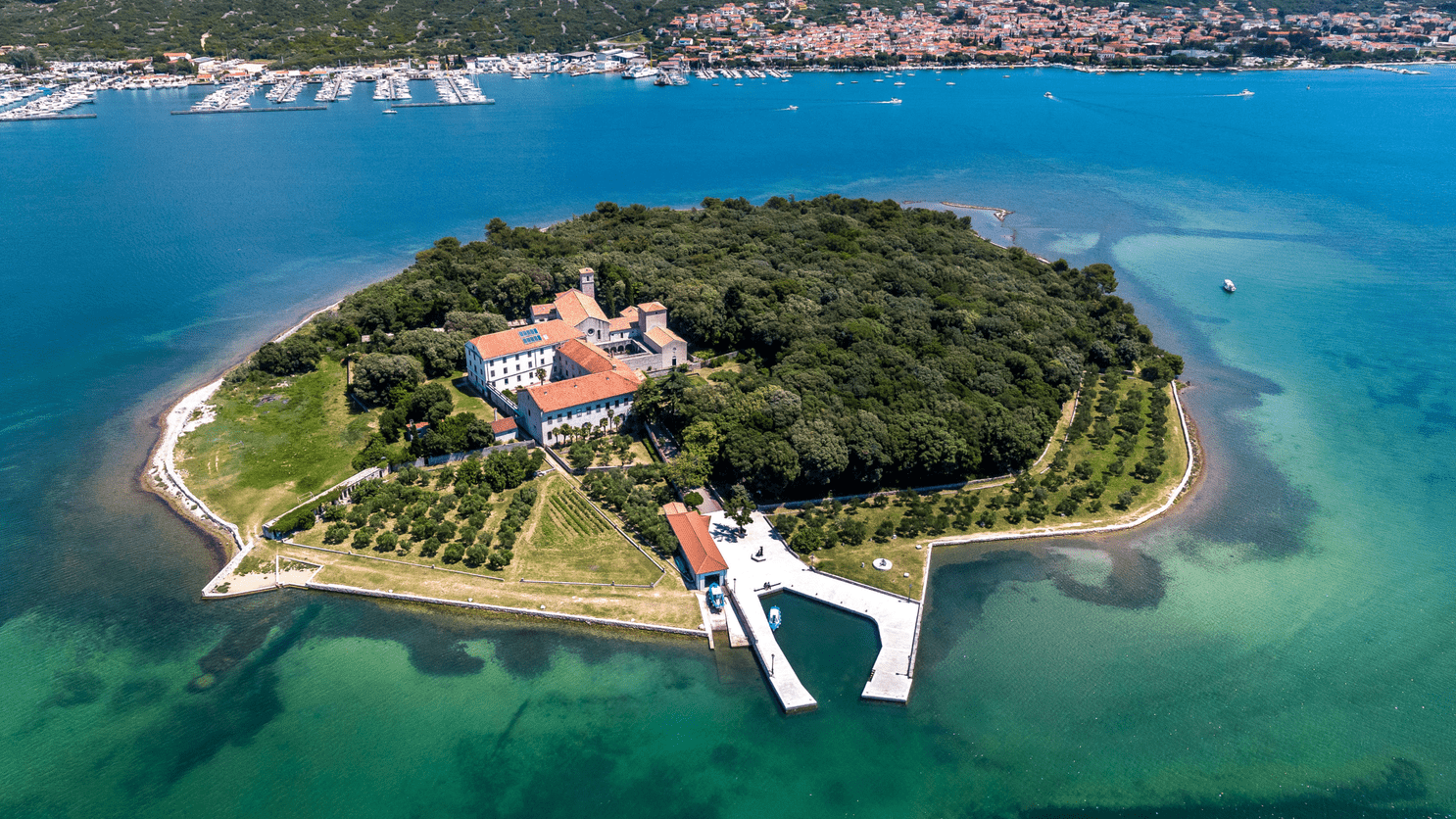
Image: Krk Island Tourist Board
Baška
Baška is located at the southern tip of the island of Krk, and is definitely one of the most prominent destinations. No matter what angle you see it from, the beauty of Baška is undeniable. In addition to its spectacular and extensive beach, Baška also stands out for the architecture in its old town, as well as its various cultural and historical monuments. Baška can boast of being a very important part of Croatian history, as it is there that the Baška tablet was found, one of the first monuments containing an inscription in the Croatian recension of the Church Slavonic language, dating from c. 1100 AD, thus being one of the most important elements of the Glagolitic script. Learn more about Baška HERE.
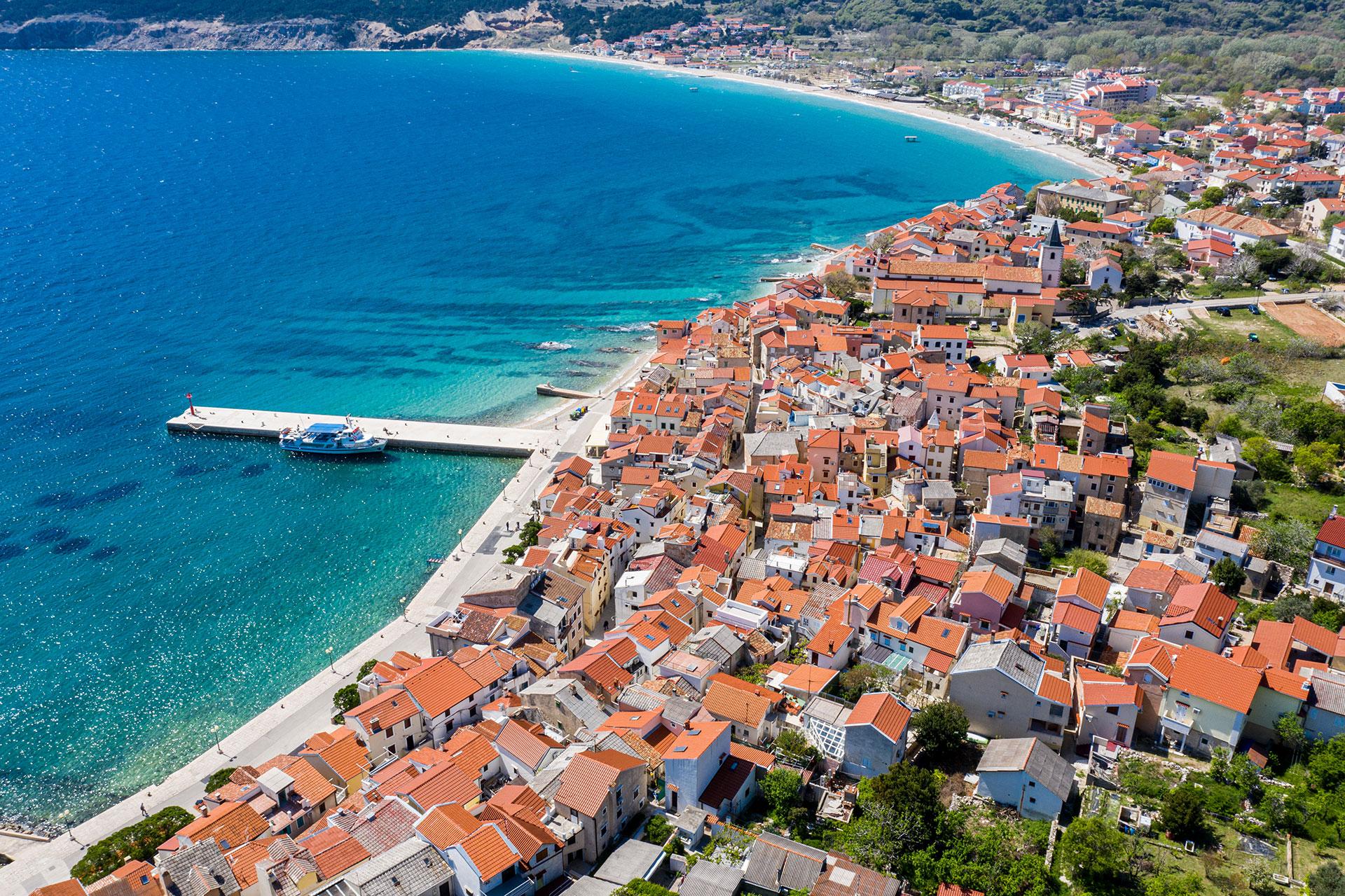
Image: Krk Island Tourist Board
Vrbnik
Vrbnik is indisputably one of the most famous settlements not only on the island of Krk but in all of Croatia. Vrbnik is well known for its Glagolitic heritage and especially for its delicious wines, and in particular is its golden-yellow wine – the Žlahtina, with a great national and international reputation. It's not the only old town on the island of Krk that sits on top of a hill, but Vrbnik sits on a large cliff by the sea, giving it a wonderful view into the distance. Learn more about Vrbnik HERE.

Image: Arne Müseler/Wikimedia Commons
Dobrinj
Dobrinj is located in the upper part of the island of Krk, to the east. Dobrinj includes other places of interest such as Šilo or Klimno, but surely the first thing one should do is visit the main town, which stands on a 200-meter-high hill. Dobrinj is very reminiscent of the settlements one can find in central Istria, also on hills. A beautiful destination without a doubt, surrounded by thick forests and with a great Glagolitic heritage. Likewise, many other important traditions stand out, such as its folkloric events, its typical costumes, its school of wind instruments, and its home cuisine. Learn more about Dobrinj HERE.

Image: Arne Müseler/Wikimedia Commons
For more on travel in Croatia, follow TCN's dedicated page.
DUBoak: Brand New Malinska Maritime Heritage Centre Opened
May the 29th, 2022 - The brand new DUBoak facility, a Malinska maritime heritage centre, has now opened its doors to the public and will showcase all that this area has to boast of when it comes to its rich maritime history and heritage.
It's not exactly news to anyone that the Republic of Croatia as a whole has an enormous tie to the sea, with the Adriatic part of the country drawing a long and extremely rich history based on the depth of its relationship with it. From food to trade, transport and defense, these ties continue to bind to this very day despite history having altered tremendously throughout time.
As Morski writes, the new Malinska maritime heritage centre (DUBoak) has been opened in Malinska on the popular island of Krk. The Malinska maritime heritage centre was built thanks to the European Union (EU) project Arca Adriatica, which deals with the protection, promotion and tourist valorization of the Adriatic's extremely extensive maritime heritage.
The rich maritime heritage, sailing culture, shipbuilding skills and coexistence of island people with the sea and forest were evoked in the facility worth around 11.5 million kuna, and the Lastavica Sports and Fishing Association and the Malinska Sailing Club also found their home there.
It was built on the place where the people of Dubas once busied themselves and unloaded wood from ox-carts, which were then loaded into bracers and camps headed for Rijeka and even across the Adriatic Sea to Venice, a place where a deep and strong connection between Dubasnica and the sea was formed.
Given the unbreakable connection between the sea and traditional boats on the coastal side and oak on the forest side, the name "DUBoak" is reminiscent of the deep sea, and also represents a play on words.
The conceptual design of the new Malinska maritime heritage centre and the very execution of the project comes signed by a talented team of architects, heritage interpreters, marketers and experts in the field of multimedia.
For more, make sure to check out our dedicated lifestyle section.
€1.5 M Maritime Heritage Interpretation Centre Opens In Malinska
ZAGREB, 27 May 2022 - A maritime heritage interpretation centre - DUBoak - that was built as part of the Arca Adriatica project, opened on Friday in Malinska on the Island of Krk.
The project is aimed at protecting, promoting and adding tourist value to the Adriatic's maritime heritage.
The premises are valued at about HRK 11.5 million and exhibit rich maritime heritage, shipping culture, shipbuilding skills and the life of islanders.
The design for the centre was prepared by a team of architects, heritage interpreters, marketing experts and experts in the field of multimedia.
The centre's name - DUBoak - recalls the unbreakable tie between the sea and traditional boats on the coastal side facing the mainland and the Dub oak on the forest-covered side of the island. The name reminds of the deepness of the sea and is a play on words, combining the local (dub) and English (oak) terms for oak trees.
The centre is located on the Malinska promenade where residents from Dubašnica in the past used to unload oak trunks transported on ox-driven carts and then would load them into wooden boats and transport them to Rijeka and as far as Venice.
For more, check out our lifestyle section.
World's Biggest Welcome in Croatia: Day 7 (Off), Day 8 - Malinska to Senj (Bike, Foot, Kayak)
April 3, 2019 - Putting Croatian adventure tourism on the map, with the biggest welcome in the world. Day 8 of this incredible 2011 adrenaline trip covering 2,500 km along the Croatian coast.
The World's Biggest Welcome, an ambitious adventure tourism project in 2011 in Croatia enters Day 8 of this 2019 appreciation of one of the finest tourism promotion projects ever in Croatia.
The plan? To showcase the diversity and fabulous offer of adventure tourism in Croatia by following a GPS route the length of the Croatian coast in the shape of the word 'Welcome' - thereby creating the biggest welcome in the world from a hospitable tourism country.
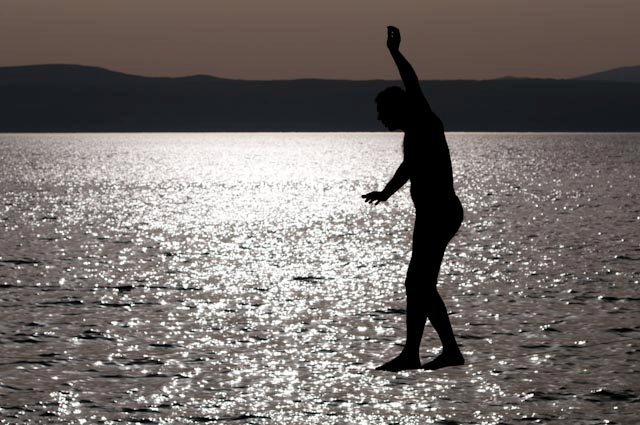
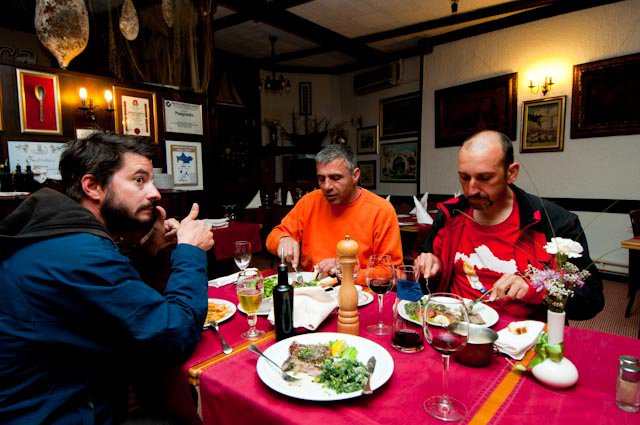
Off day in Nijvice
Day 8 moved on foot, bicycle, and kayak from Malinska to Senj.

57 kilometres for the day: 25 km bicycle ride from Malinska to Stara Baška, followed by 10 km on foot from Stara Baška to Baška, before 12 km of kayaking from Baška to Senj to begin forming the 'E' of 'Welcome'.
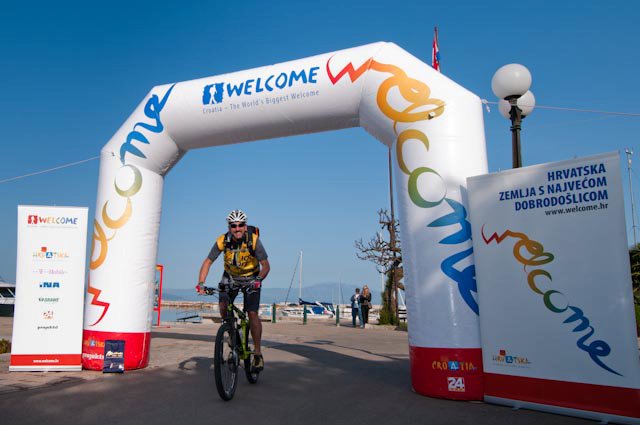
After some much-needed rest, Day 8 kicked off in Malinska.

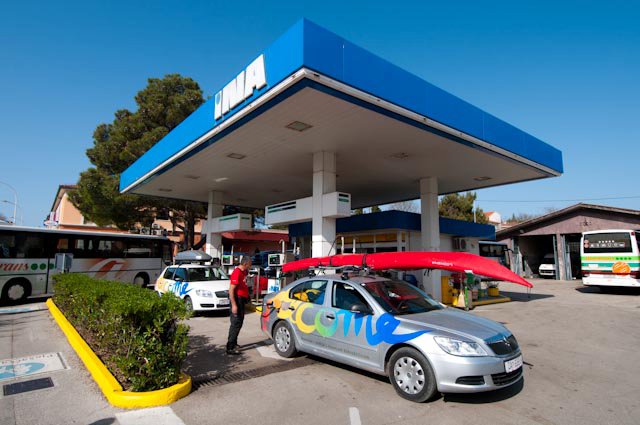
With a stop for petrol in Krk.
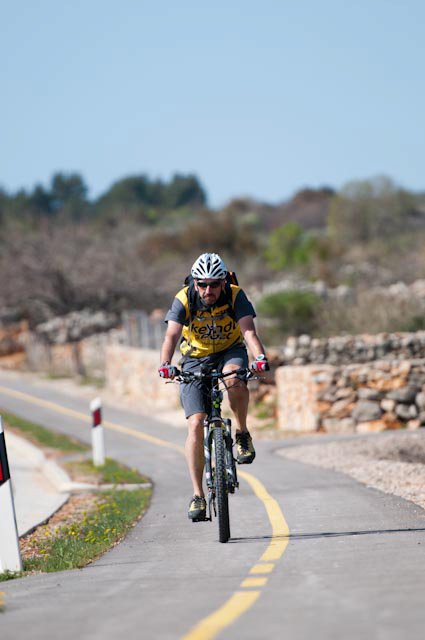
Lačko pedaling away in Punat on Krk.

Sheep on the road to Stara Baška.

And the hiking route on the way to Batomalj.
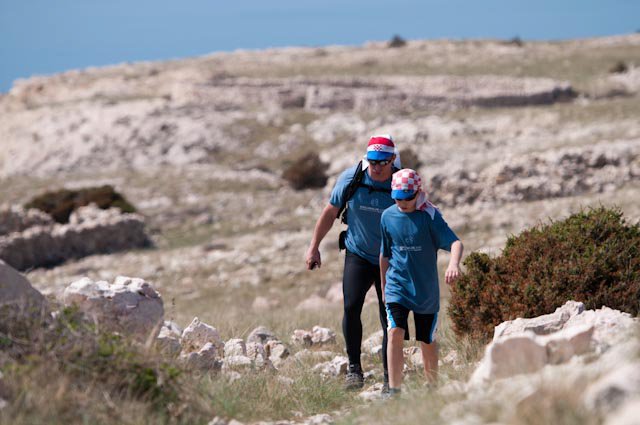
On the plateau between Baška and Stara Baška, father and son duo Zeljko and Martin Ivnik joined in on the walk.
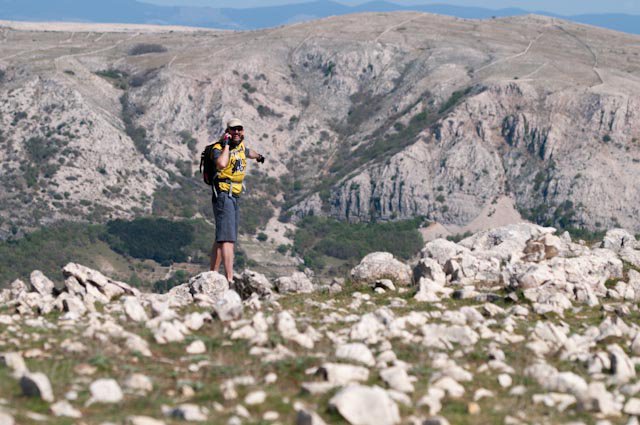
Another look at the plateau.
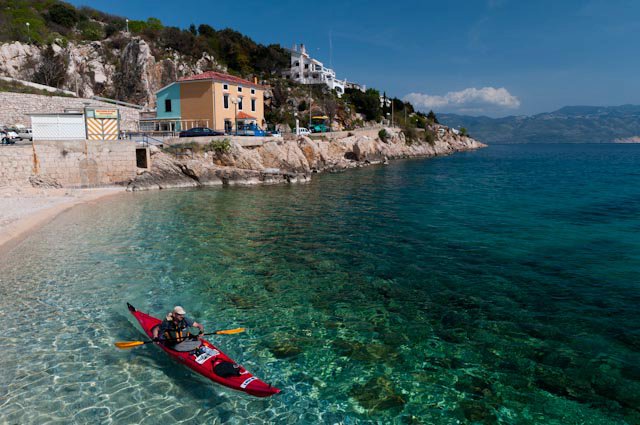
From Baška, Daniel set off on a 12 km long rowing trip to Senj.
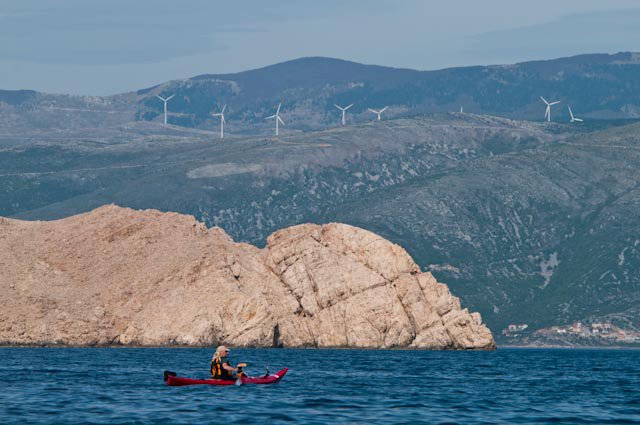
With the windmills above Senj in the backdrop.

Upon arrival, a Senj shepherd showed off a newborn lamb.

And a well-deserved meal to end at Lavlji dvor tavern in Senj. Lačko and master Željko checking out the skampi and St. Peter's fish.
A key part of the project was promoting tourism, and the official website has details of the key places visited during the day.
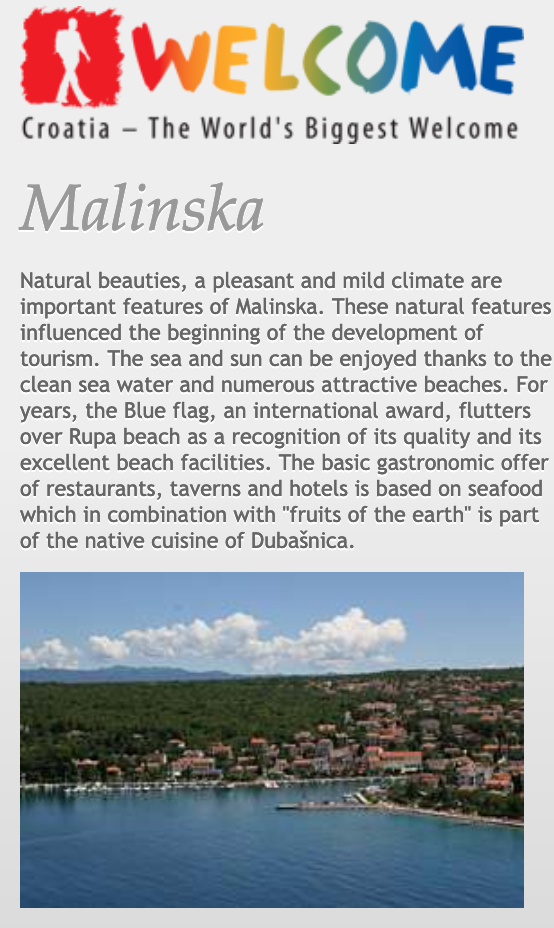
Malinska.
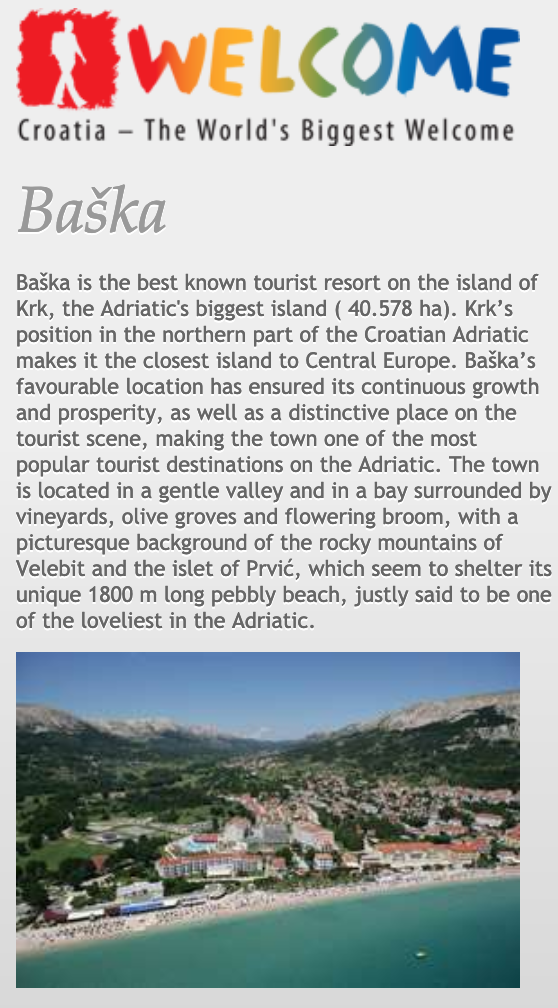
Baška.

Senj.
You can see the entire project on the Welcome website, as well as much more of Luka Tambaca's stunning photography on the Welcome Facebook page.
Tune in tomorrow for Day 9, as Lačko moves from Senj to Begovo Razdolje by bike and on foot.
To follow the whole project from the start, follow the dedicated TCN page.


